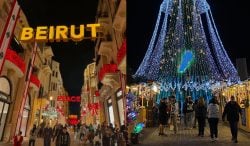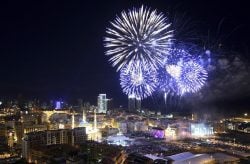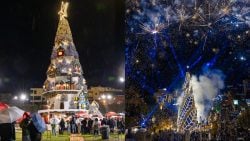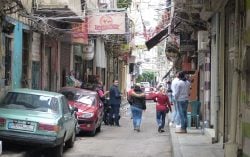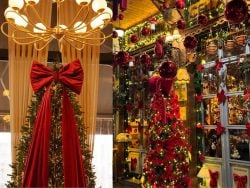Karim Najjar: The Man Behind The Gärten’s Dome
This summer, the Beirut nightlife scene got a breath of fresh air: literally. Not wanting to cram its patrons into its underground headquarters in Hamra, überhaus set up The Gärten, an open-air, pop-up nightclub in the Biel parking lot.
It was declared the best nightclub in the region by Rolling Stone Middle East. The most prominent feature of the venue is a massive ten meter 2,150 kilogram steel geodesic dome. It may come as a surprise to some that this structure was actually custom-made locally by architect Karim Najjar.
Beirut.com had a chat with Mr. Najjar about the project and its execution.
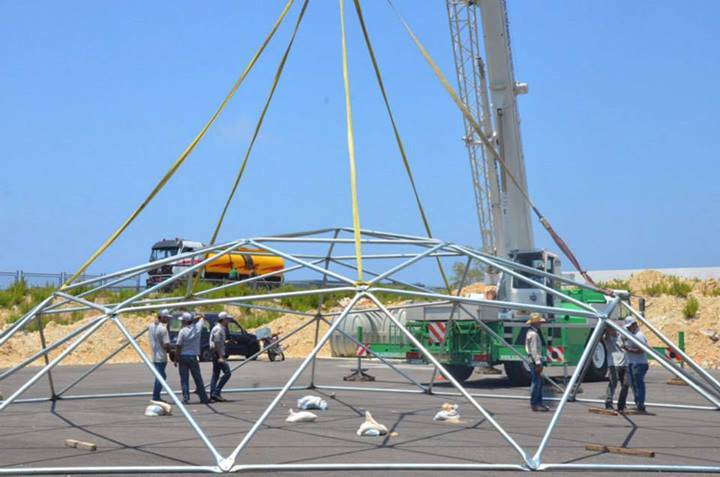
Beirut.com: How did you first get into architecture?
Najjar : I cannot remember that there was a conscious decision; I’ve always loved to create and build things and somehow I ended up being an architect.
Beirut.com : Your work has a very sleek and futuristic aesthetic to it. Why did you adopt that style?
Najjar : Living by the Mediterranean might explain our affinity for horizontal lines, open planes, wide-spanning roofs, boat vessels, and wings. We [Najjar & Najjar Architects] are not so much interested in adopting a style; we believe that architecture is a form of expression that reflects how we see the environment around us. Hence, our design follows the idea of integrating all necessary elements into a piece of artwork that performs on a level of expression and functionality, such as boats and maritime structures.
Beirut.com : How did überhaus approach you about the nightclub project, and what were they looking for?
Najjar : überhaus was looking for an iconic structure that could be deployed easily. One of my students in a class [I taught at the American University of Beirut] recommended my firm because [he or she] was given a similar assignment as part of the course.
Beirut.com : Why did you go for a dome?
Najjar : The half-sphere shape of the dome falls under what is called a Geodesic dome shape; it utilizes a pattern of edges and corners to form what are referred to as ‘Platonic Solids’ in the architecture field, and I think people are fascinated by this type of design. We opted for a dome as an inclusive shape, enhancing the spirit of the party community in Beirut.
Beirut.com : What was the greatest challenge you faced during this project?
Najjar : Mainly budget and time constraints, as we had only five days for design and calculations and the dome needed to be set up in only one day.
Beirut.com : What kind of feedback have you gotten on the dome?
Najjar : For the first time I feel acknowledged for what I am doing by my daughter, who loves to party there.
Beirut.com : Do you have any upcoming projects that fans of the dome might be interested in?
Najjar : We are currently working on a structure that floats on open water and responds to the waves.

